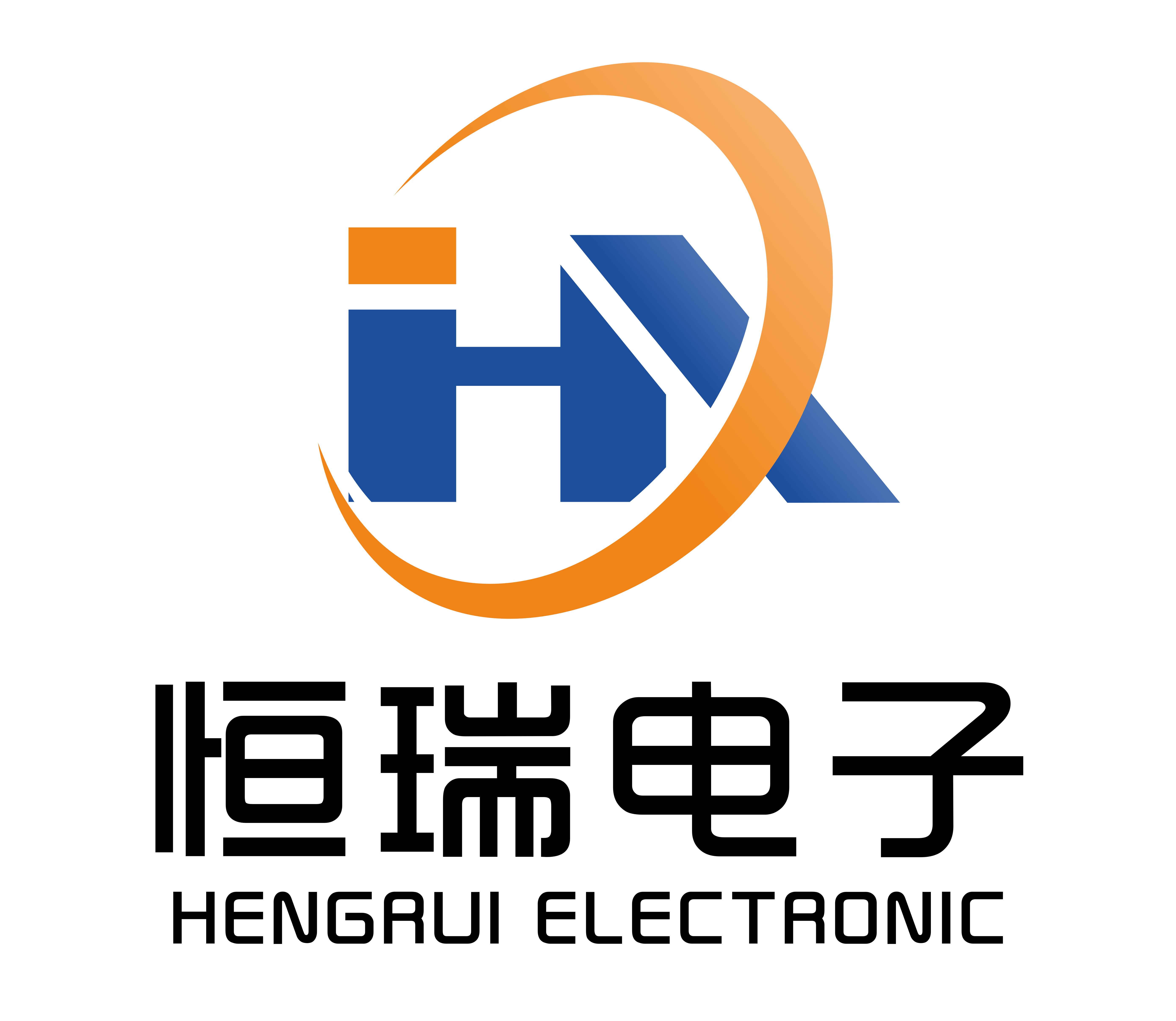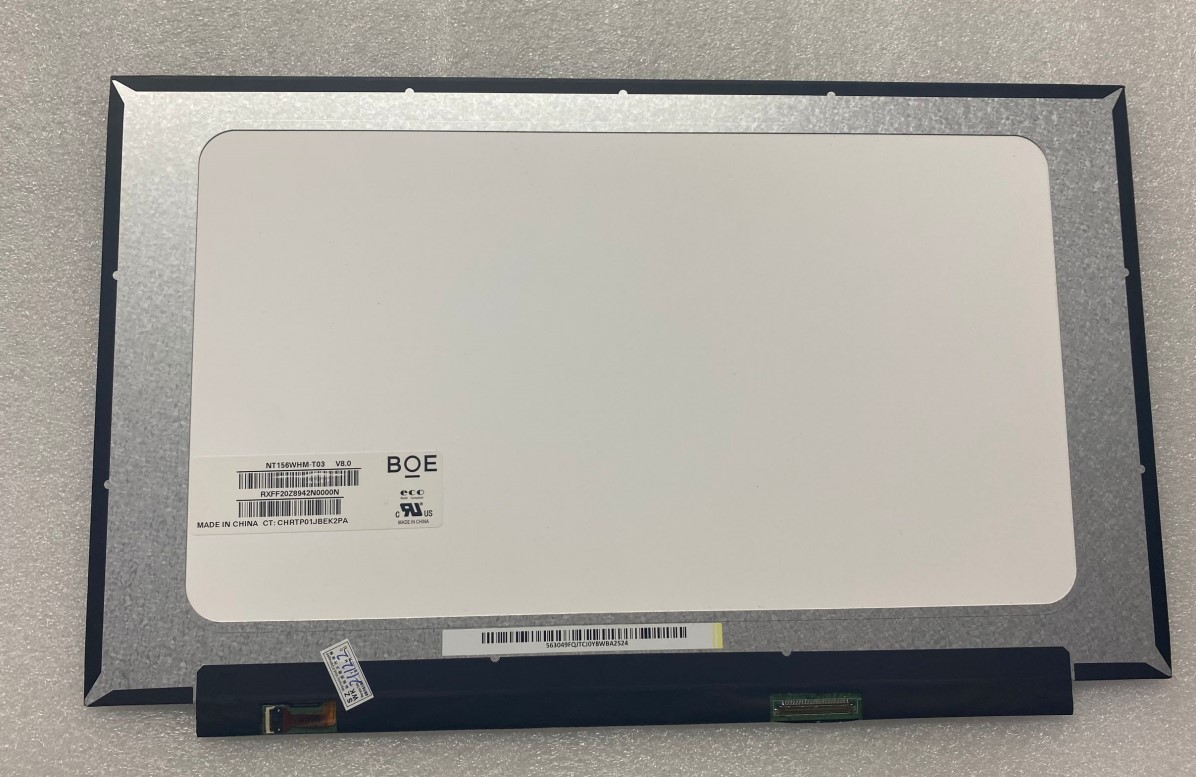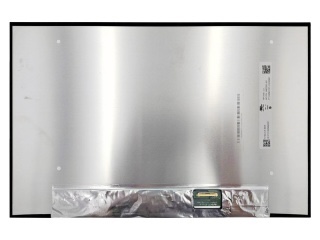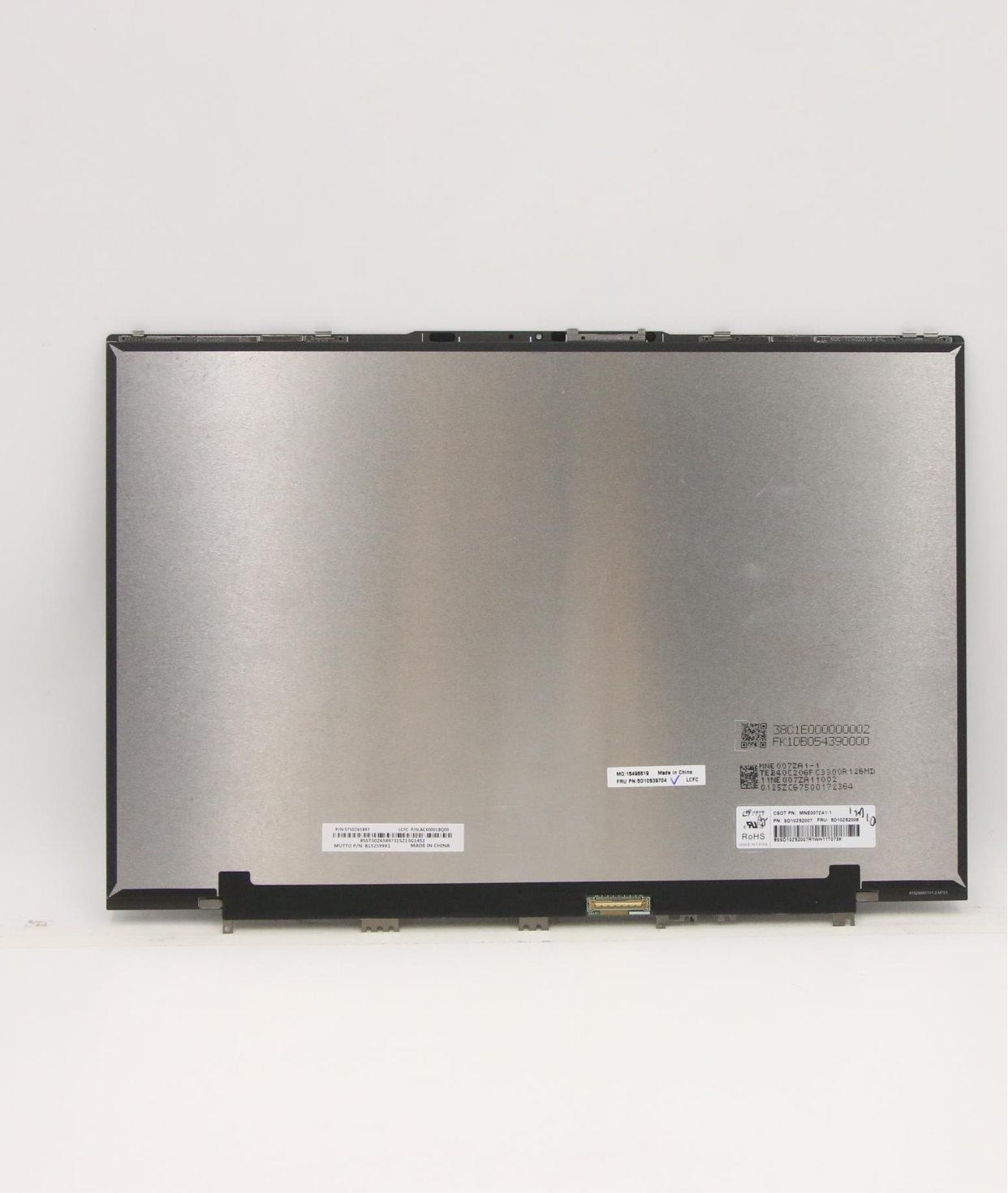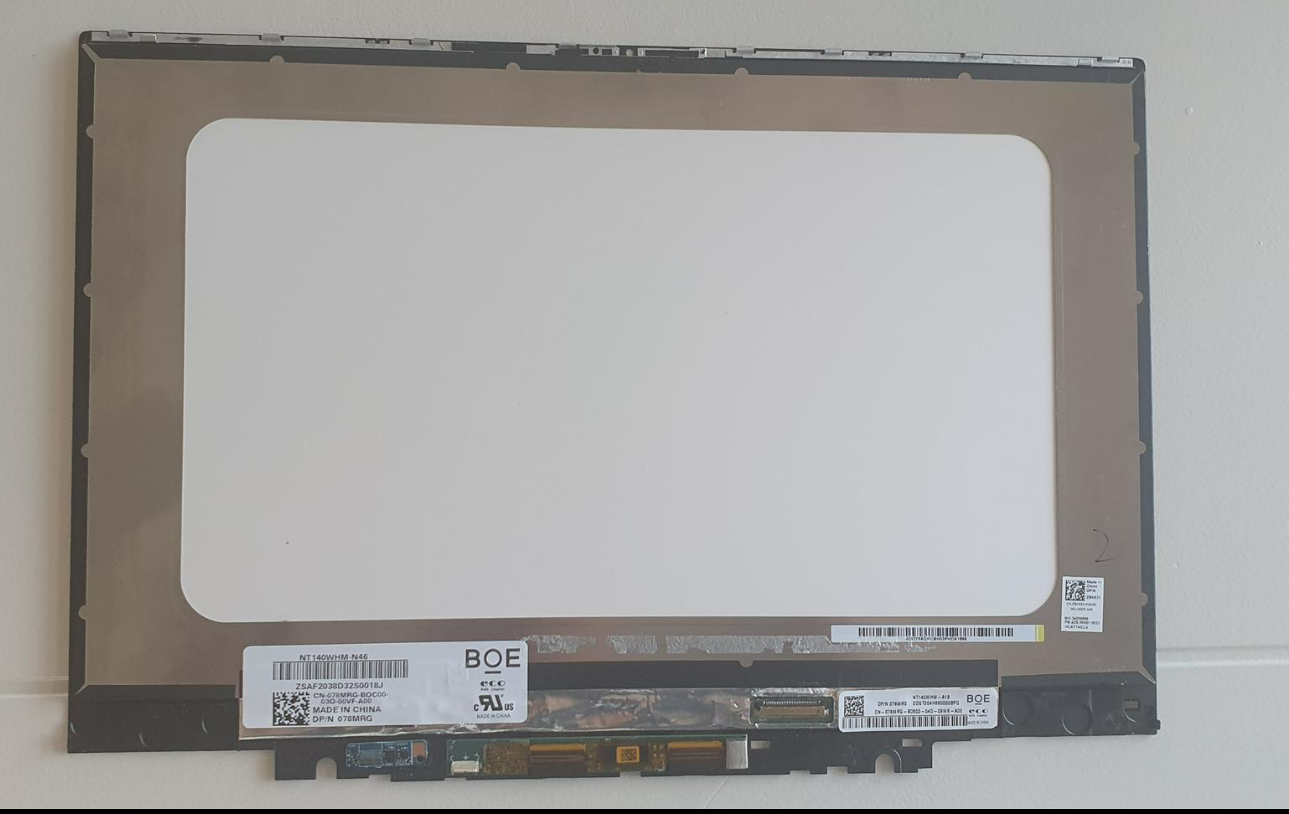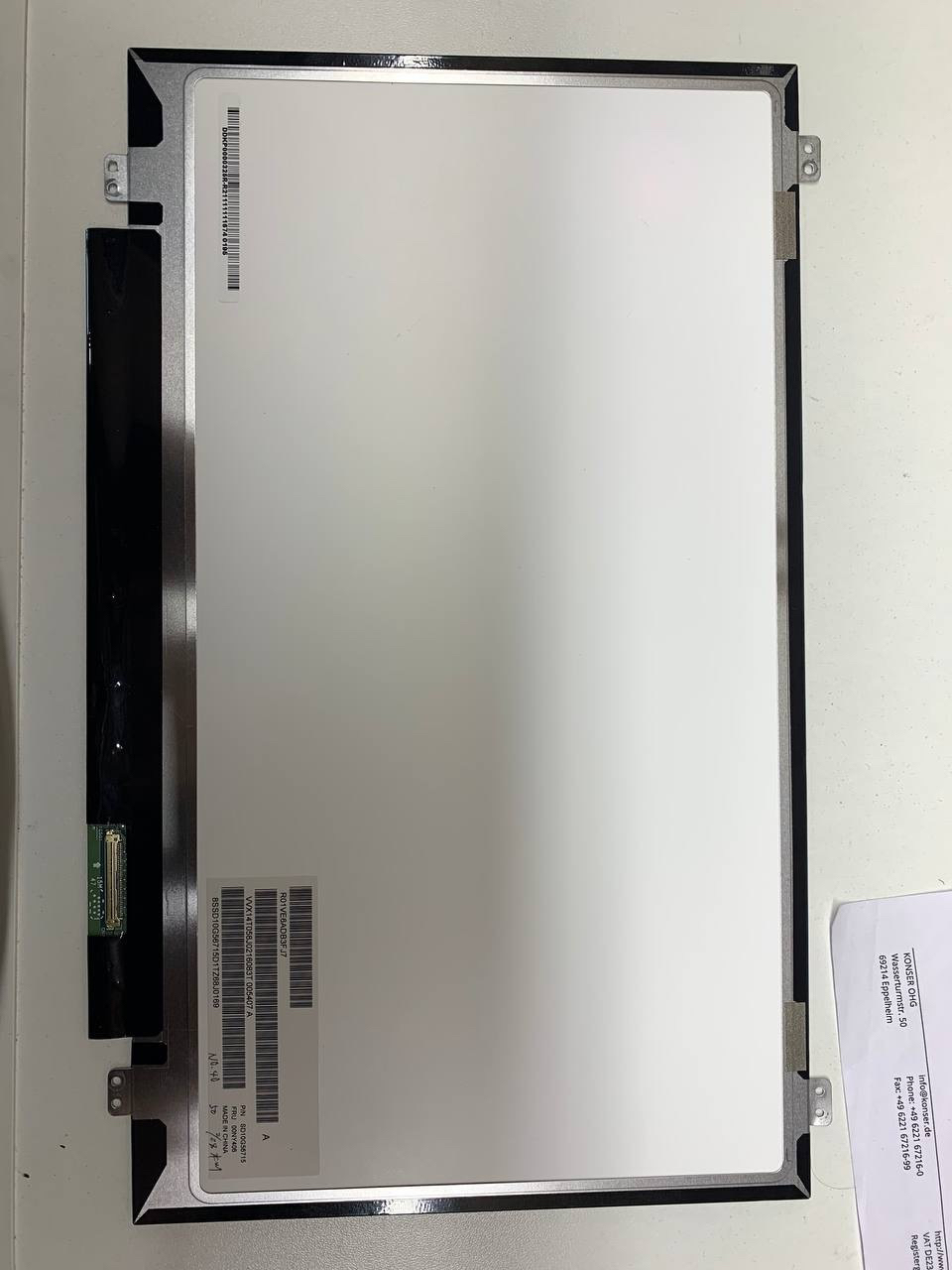China is expected to jump to the top of panel production. China needs to be wary of disorderly expansion of production capacity.
abstract: in 2016, China's display panel industry experienced the hottest year of investment, with an average of 28 billion yuan of investment landing every month. This is the number obtained by a reporter from the 2 1st Century Business Herald at the China Langfang International Economic and Trade Fair held recently.
2016, China's display panel industry experienced the hottest year of investment, with an average of 28 billion yuan of investment landing every month. This is the number obtained by a reporter from the 2 1st Century Business Herald at the China Langfang International Economic and Trade Fair held recently.
further data show that in 2016, 12 panel projects that were put into production, started construction and newly signed in mainland China invested a total of 335.8 billion yuan. It is expected to surpass South Korea and Japan by 2019 to become the number one panel producer.
Internet of Things era has opened up a huge space for the panel industry. China's panel industry is growing rapidly. However, due to the low added value of products, the growth rate of industry turnover is low, and the upstream relies heavily on imported materials and equipment to become a major shortcoming of the industry.
the current signs of disorderly investment in the panel industry are initially revealed. The blind construction of local lines, the influx of non-leading companies, and the blooming of industrial layouts are not conducive to the healthy development of the industry, and the panel industry is facing the hidden worry of structural surplus; and The rapid iteration of technology has also brought new variables to the development direction of the industry.
is expected to become the number one panel producer in 2019
"In the next three years, it is expected that mainland China's investment in AMOLED and ultra-high generation lines will continue to grow at a high speed, and the scale of new investment will exceed 500 billion yuan." Liang Xinqing, secretary-general of the Liquid Crystal Branch of the China Optics and Optoelectronics Industry Association, told the 2 1st Century Business Herald reporter during the above-mentioned meeting.
Xu Zheng, a professor at the Institute of Optoelectronic Technology of Beijing Jiaotong University, believes that investment in China's display panel industry is growing rapidly. On the one hand, due to the vast Chinese market, investors are extremely optimistic about the panel industry; on the other hand, strong support from local governments for this industry.
China is a big producer of TV, mobile phone, tablet computer, notebook and other application products, and has a large demand for panels. With the advent of the IoT era of the Internet of Everything, the application prospect of "display everywhere" is broad, and the screen will be used in more scenes such as vehicle terminals, smart wear, smart home, etc., which makes the investors favor the display industry.
, because the landing of the panel industry has led to a large amount of investment, local governments are also enthusiastic about it. They have also given a large number of preferential policies in terms of land and taxation, and even many local governments directly invest in the industry.
"A panel factory needs at least about 30 billion investment, OLED may need to be 40 billion, and the amount of investment is relatively large. Many local governments directly inject capital into these production lines." Xu Zheng said.
Qunzhi Consulting, the global panel industry will form a tripartite confrontation between mainland China, Taiwan and South Korea in 2019, with mainland China accounting for 35% of the global panel supply area.
Liang Xinqing said that China will surpass South Korea as the number one panel producer in 2019.
worth noting that China's investment in panels is mainly concentrated in the manufacturing links of the midstream, while the upstream materials and equipment supporting capabilities rely heavily on imports, and its cumulative investment amount is much lower than that of panels, and the industrial structure is in an "unstable" state.
panel industry mainly include liquid crystal materials, glass substrates, polarizers and backlight LEDs. Xu Zheng said that this link is a short board of the panel industry. On the one hand, it is because foreign countries started earlier than China, and their R & D patents have been laid out in advance; on the other hand, domestic investment in R & D is insufficient. "In the technology research and development of these links, few domestic enterprises are willing to invest money and want to wait for other people's ready-made technology."
Beware of Overcapacity Caused by Disorderly Investment
is that the panel industry is exposing signs of disorderly investment.
, on the one hand, some companies do not consider technology, capital, talents and other conditions, and blindly build lines; individual companies use industrial policies and various resources provided by local governments to promote the construction of lines. On the other hand, in order to achieve the landing of the display industry, many companies buy old lines without the conditions and transfer foreign backward production capacity to China, which increases investment risks.
"Disorderly investment may lead to structural overcapacity or even overall overcapacity in the industry; on the other hand, it will cause market chaos and lead to vicious competition such as price war. The whole industry pursues low cost, which will definitely affect the normal profits and R & D investment of enterprises, thus causing industrial stagnation." Liang Xinqing said.
Xu Zheng said that there are a lot of discussions in the industry about the over-dispersion of the panel industry. This industry is a highly technology-intensive and investment-intensive industry. Only when the main body of investment is concentrated and the geographical concentration is conducive to the healthy growth of the industry.
investment subject, Xu Zheng believes that we should focus on supporting several major panel leading enterprises, in addition to this does not recommend a large number of new other investment subjects. The reality is that many non-leading companies have poured into the panel field.
"Many small enterprises lack even the most basic industrial technology, and their factories cannot be built, but they are digging people everywhere with high salaries. The technology of some enterprises is made by people who dig, which is not conducive to the healthy development of the entire industry." He said.
Liang Xinqing said that there are many panel manufacturers in China, at least 12 or 13, while South Korea, China's main competitor, has only two panel companies. How to concentrate its efforts like South Korea and integrate to form a more competitive large group is an urgent problem to be solved.
region, Xu Zheng pointed out that panel production has an obvious economic radius of transportation, and it requires a number of supporting enterprises around it, and only after the production capacity reaches a certain level and has scale effect, it is necessary to set up supporting enterprises.
worth noting that the development of technology is bringing new variables to the panel industry.
Xu Xiaolan, vice chairman and secretary-general of the Chinese Institute of Electronics, said in an interview with a reporter from the 21st Century Business Herald that the emergence of LEDs in the display panel field had directly led to the sudden termination of the CRT display industry. It is necessary to pay close attention to the forward-looking technological development in this field., Be alert to some disruptive technologies that have a huge impact on this industry.
Liang Xinqing introduced that the current production level of new technologies such as low-temperature polysilicon (LTPS) and oxide semiconductor (Oxide) is constantly improving. Small-size active matrix organic light-emitting diode (AMOLED) technology has been widely used in the high-end market. The generation line will meet the needs of future TVs in terms of ultra-large size and high resolution, technologies such as narrow borders and in-cell/on-cell integration have also become increasingly mature, which will provide new development space for the panel industry.
Liang Xinqing said that the original single-scale competition will form a diversified competition between technology systems or groups through resource integration. In the field of technology, it is necessary to pay close attention to what speed AMOLED uses to replace the current LED. Industry leaders accelerate the cultivation and maturation of market-oriented applications of new display technologies, and use technological progress to maintain the gap.
